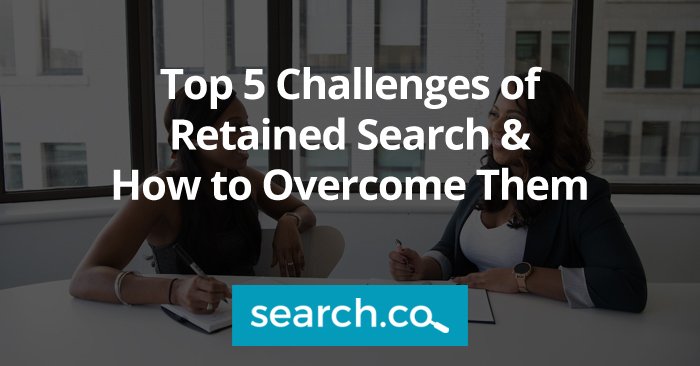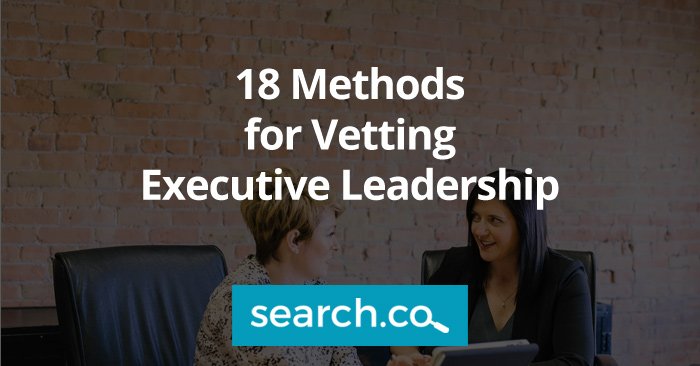Culture Analytics
A leadership team that wants to change the culture of their organization first needs to take a close look at the current culture. A complete analysis will show you findings that could be interesting and surprising.
We understand that culture is essential to any organization. However, many executives do not have an accurate gauge of what the current company culture is. A study conducted on 700 US companies showed a great discrepancy between the values employees believed the company had and what was actually stated as company values. We help close this gap by giving leadership an honest understanding of their culture. With this new perspective, we then work together to create lasting changes in crucial areas within the company through strategic planning and actionable items.
In today’s business environment, it is essential to have the ability to identify risks and opportunities quickly and efficiently. Data analytics can help you do just that by providing you with insights that can help you make better decisions.
Risk management is a complex process that requires the ability to identify, assess, and mitigation risks. Data analytics can help simplify this process by providing you with the ability to quickly identify risks and examine their impact on your business. Additionally, data analytics can also help you assess the likelihood of different risks occurring and develop strategies to mitigate them.
Values are the guiding principles that help individuals and organizations make decisions. They shape our behavior, habits, and attitudes. At Search.co, we aspire to live by a set of values that includes customer obsession, data-driven decision making, and continuous innovation. We strive to build a culture that is based on these values so that we can better serve our customers and continue to grow as a company.
The way we behave at work is a reflection of our culture. The things we do on a daily basis–how we interact with each other, how we make decisions, how we treat our customers–all contribute to the culture of our organization.
If your goal is to be a customer-centric organization, then your culture should revolve around putting the customer first. If you want to be a data-driven company, then data should be at the center of everything you do.
The first step in changing your company culture is identifying what you want it to be. Once you know what kind of culture you want to create, you can start making changes to support it.
One way to change your company culture is by instituting new policies or procedures that support your desired culture. For example, if you want to be a more customer-centric organization, you could institute a policy that requires all employees to spend a certain amount of time each week talking to customers.
Culture analytics is the study and interpretation of data related to human behavior in order to better understand and predict cultural trends. It is a relatively new field that combines sociology, psychology, anthropology, and economics.
There are a number of different applications for culture analytics. For example, it can be used to study how people interact with technology, to identify social media influencers, or to monitor changes in popular opinion. Additionally, culture analytics can be used to improve marketing strategies, better understand customer behavior, or predict future trends.
90%
CEOs and CFOs believe improving culture increases company value.
$226B
Workplace culture has been a large contributor to turnover rates in the past five years.
750%
Companies that have successfully developed their culture see an increase in profits, while those who don't see a decrease.
Related Readings

Top 5 Challenges of Retained Search & How to Overcome Them
Retained search is a process where an organization retains the services of an executive search firm to find and recruit both active and passive candidates

18 Methods for Vetting Executive Leadership
Vetting executive leadership is a critical process for any organization. CEOs and other top senior executives wield a lot of power in organizations, so it’s
Partners in Possibility
Get in touch to discover how we can help bring the future into focus – for you, your people, and your business.











